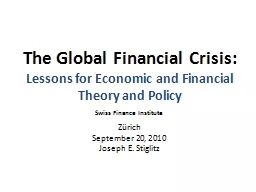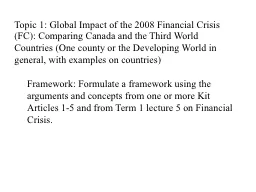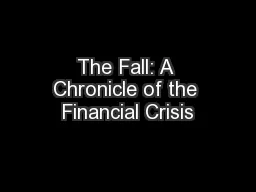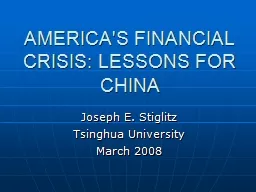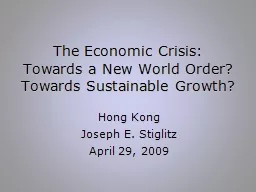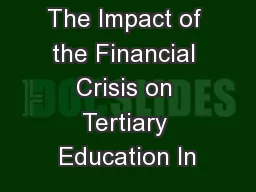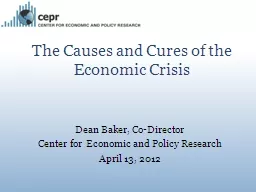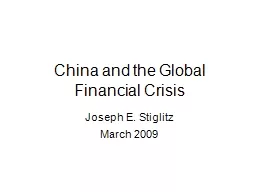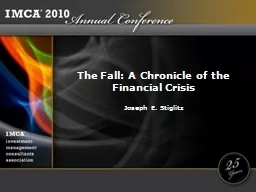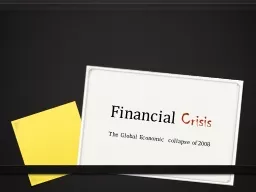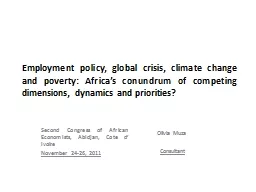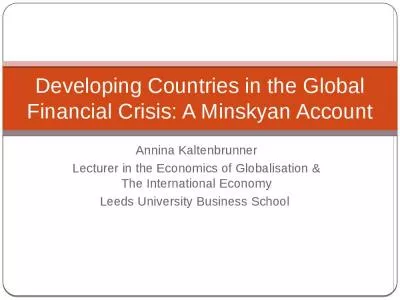PPT-The Global Financial Crisis:
Author : jane-oiler | Published Date : 2018-12-06
Lessons for Economic and Financial Theory and Policy Swiss Finance Institute Zürich September 20 2010 Joseph E Stiglitz General Consensus Federal Reserve fell
Presentation Embed Code
Download Presentation
Download Presentation The PPT/PDF document "The Global Financial Crisis:" is the property of its rightful owner. Permission is granted to download and print the materials on this website for personal, non-commercial use only, and to display it on your personal computer provided you do not modify the materials and that you retain all copyright notices contained in the materials. By downloading content from our website, you accept the terms of this agreement.
The Global Financial Crisis:: Transcript
Download Rules Of Document
"The Global Financial Crisis:"The content belongs to its owner. You may download and print it for personal use, without modification, and keep all copyright notices. By downloading, you agree to these terms.
Related Documents

